Technical requirements for communication charging stations.
With the increasing number of electric vehicles, the development of charging stations has gradually moved from slow follow-up in the past to being built as a basic transportation equipment, just like passing gas stations, gradually covering the range of people with charging needs.
From the perspective of technology and current characteristics, there are currently three main types of electric vehicle charging stations: AC charging stations, DC charging stations, and integrated charging stations. Today, 'Srepower' will introduce you to the technical requirements of AC vehicle charging stations.
1. Environmental condition requirements
① Working environment temperature: -20 ℃ to+50 ℃;
② Relative humidity: 5% to 95%;
③ Altitude: ≤ 1000m;
④ Installation location: Outdoor;
⑤ Seismic resistance: Ground horizontal acceleration of 0.3g;
Ground vertical acceleration of 0.15g;
The equipment should be able to withstand three continuous sine waves acting simultaneously, and the safety factor should be greater than 1.67;
2. Structural requirements
① The shell of the communication charging station should be sturdy;
② Structurally, it is necessary to prevent hands from easily touching exposed electrical parts;
③ The communication charging station should use a steel composite structure with a thickness of 1.0 or more, and the surface should be treated with plastic immersion, while fully considering the requirements for heat dissipation. Charging stations should have good electromagnetic interference shielding function;
④ Charging piles should have sufficient support strength, necessary facilities should be provided to ensure the correct lifting, transportation, storage, and installation of equipment, and anchor bolt holes should be provided;
⑤ The bottom of the pile should be fixedly installed on a base that is not less than 200mm above the ground. The base area should not exceed 500mm × 500mm;
⑥ The pile shell shall be made of materials with strong impact resistance, good anti-theft performance and aging resistance;
⑦ The non insulating material shell should be reliably grounded;
3. Power requirements
① Input voltage: single-phase 220V;
② Output power: single-phase 220V/5KW;
③ Frequency: 50Hz ± 2Hz;
④ The allowable voltage fluctuation range is: single-phase 220V ± 15%;
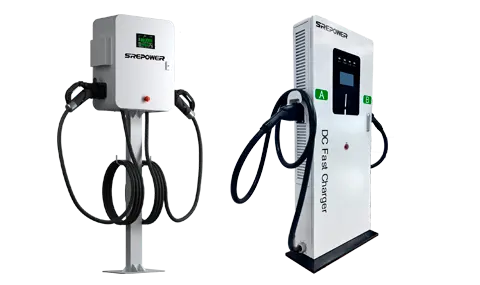
4. Electrical requirements
① After confirming the correct connection between the plug and socket, the circuit with load can be opened and closed to achieve power supply to the socket;
② The leakage protection device should be installed on the incoming side of the power supply cable;
③ The protection of low-voltage distribution equipment and lines shall comply with the relevant provisions of the "Code for Design of Low Voltage Distribution" GB/50053);
④ For IT system distribution lines, when the first grounding fault occurs, the insulation monitoring device should emit an audio or light signal. When the second out of phase grounding fault occurs, the overcurrent protection device or leakage current action protector should cut off the fault circuit;
⑤ In the lighting distribution system, the lighting and socket circuits should not be powered by the same circuit. The power side of the socket circuit should be equipped with a residual current action protection device, with a rated action current of 30mA;
5. Security protection function
① The communication charging station should have an emergency stop switch, which can be used to stop charging manually or through remote communication;
② The communication charging station should have a leakage protection function on the output side;
③ The communication charging station should have overcurrent and short-circuit protection functions on the output side;
④ The communication charging station should have flame retardant function;
6. IP protection level
Communication charging stations should comply with IP54 for outdoor use and be equipped with necessary rain and sun protection devices;
7. Protection against moisture, mold, and salt spray
The printed circuit boards, connectors, and other circuits inside the charger should be treated to prevent moisture, mold, and salt spray. The anti salt spray corrosion ability should meet the requirements of Table 9 in GB/T 4797.6-1995 "Natural Environmental Conditions for Electrical and Electronic Products - Dust, Sand, and Salt Spray", so that the charger can operate normally in outdoor humid and salt spray environments;
8. Rust and oxidation protection
The iron casing of the charging station and the exposed iron brackets and parts should be equipped with double-layer anti rust measures, and the non-ferrous metal casing should also have an anti oxidation protective film or undergo anti oxidation treatment;
9. Windproof protection
The charger installed on the platform and exposed components should be able to withstand the invasion of relative wind speeds at different regions and heights as specified in Table 9 of GB/T 4797.5-9 "Natural Environmental Conditions for Electrical and Electronic Products - Precipitation and Wind";
10. Anti theft protection
The outer shell door of the electric pile should be equipped with an anti-theft lock, and the bolts fixing the AC charging pile must be installed or removed after opening the outer shell door;
11. Temperature rise requirements
The AC charging station should operate continuously at rated load for a long time, and the temperature rise of each heating component and part inside should not exceed the provisions of Table 2 in Q/GDW 397-9;
12. Mean Time Between Failures (MTBF)
MTBF should not be less than 8760h;
13. Install with a vertical inclination not exceeding 5%;
14. The installation location of the equipment shall not have explosive hazardous media, and the surrounding media shall not contain corrosive metals, harmful gases that damage insulation, or conductive media.
The above are the technical requirements and product development standards for general AC charging stations. In addition, there are explanations about DC and integrated charging stations, hoping to be helpful to you.
Hot Keywords:
Fast charging
Portable Charger
charging station companies

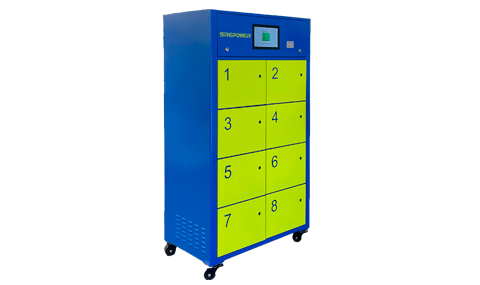

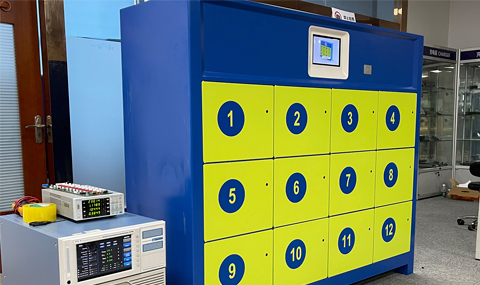
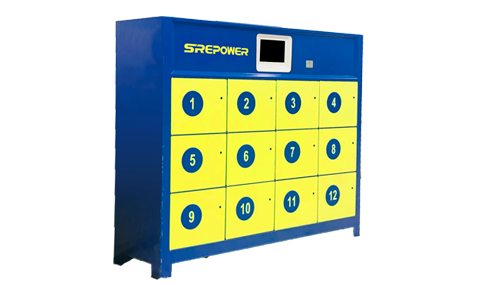
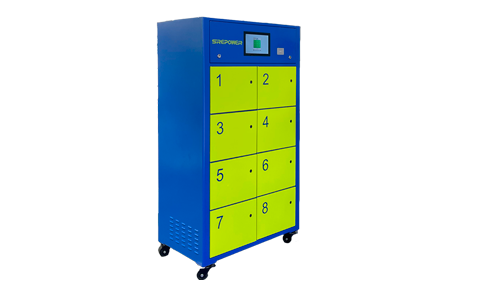
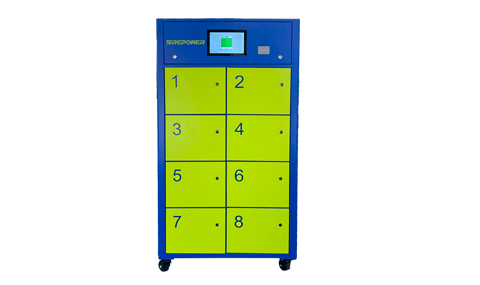
 WhatsApp Contact
WhatsApp Contact